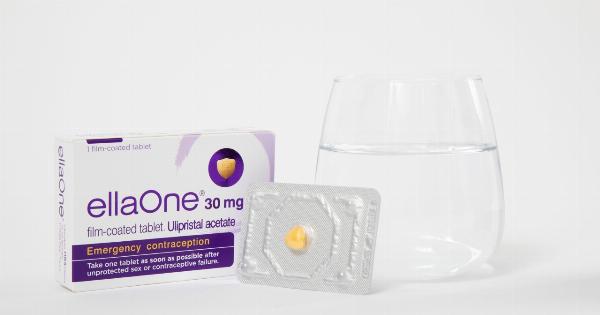Giving birth prematurely can be a scary experience for any mother. Premature babies are at risk for a variety of complications, such as respiratory distress syndrome, jaundice, and infections, among others.
However, with proper prenatal care and management, many cases of premature births can be prevented or delayed. In this article, we will discuss a screening test called the fetal fibronectin (fFN) test that can help identify women at risk of premature birth and how it saved one mother’s baby.
What is the fetal fibronectin (fFN) test?
The fetal fibronectin (fFN) test is a simple screening test that can be done as early as 22 weeks of pregnancy. It measures the amount of a protein called fetal fibronectin in the cervix.
Fetal fibronectin is a normal protein that is present in the cervix during pregnancy. However, if the cervix begins to dilate (open up) prematurely, the level of fetal fibronectin in the cervix may increase, which is a sign that labor may be starting soon.
Who should have the fFN test?
The fFN test is recommended for women who are at risk of premature birth, such as those who:.
- Have a history of premature birth
- Have a short cervix
- Have cervical cerclage
- Experience vaginal bleeding during pregnancy
- Have a multiple pregnancy (e.g., twins, triplets)
How is the fFN test done?
The fFN test is a painless and noninvasive test that can be done in a doctor’s office or a hospital. To perform the test, the healthcare provider will insert a small sterile swab into the vagina and take a sample of cervical mucus.
The sample is then sent to a laboratory for analysis, and the results are usually available within a few days.
What do the fFN test results mean?
If the fFN test is negative (i.e., fetal fibronectin is not detected in the cervix), the chances of having a premature birth in the next two weeks are very low.
However, if the fFN test is positive (i.e., fetal fibronectin is detected in the cervix), it does not necessarily mean that labor will start soon or that the baby will be born prematurely. The healthcare provider will use the fFN test results, along with other factors such as gestational age, cervical length, and the presence of contractions, to determine the risk of premature birth.
How can the fFN test help prevent premature birth?
If a woman is at high risk of premature birth based on the fFN test results and other factors, the healthcare provider may recommend additional monitoring and interventions to prevent or delay labor, such as:.
- Bed rest or reduced activity
- Medications to stop contractions (e.g., magnesium sulfate, nifedipine)
- Antibiotics to prevent infections
- Corticosteroids to help the baby’s lungs mature
By identifying women at risk of premature birth early on and providing appropriate management, the fFN test can help reduce the chances of complications for both mother and baby.
My Story: How the fFN test saved my baby
When I was pregnant with my second child, I had a history of premature birth with my first child and was considered high-risk for another premature birth. My healthcare provider recommended that I have the fFN test at 22 weeks of pregnancy.
The test results were negative, which was a huge relief for me and my husband.
However, at 28 weeks of pregnancy, I started having contractions and went to the hospital. The healthcare provider performed the fFN test again, and this time it was positive.
They immediately started me on medication to stop the contractions and gave me corticosteroids to help my baby’s lungs mature. They also prescribed bed rest for the remainder of my pregnancy.
I was able to make it to 38 weeks of pregnancy, and my baby was born healthy and full-term.
I truly believe that the fFN test saved my baby’s life by identifying my risk of premature birth early on and allowing for timely intervention and management.
Conclusion
The fetal fibronectin (fFN) test is a simple screening test that can help identify women at risk of premature birth.
By providing early intervention and management, the fFN test can help prevent or delay premature birth and reduce the chances of complications for both mother and baby. If you are at risk of premature birth, talk to your healthcare provider about the fFN test and other ways to manage your pregnancy.


























